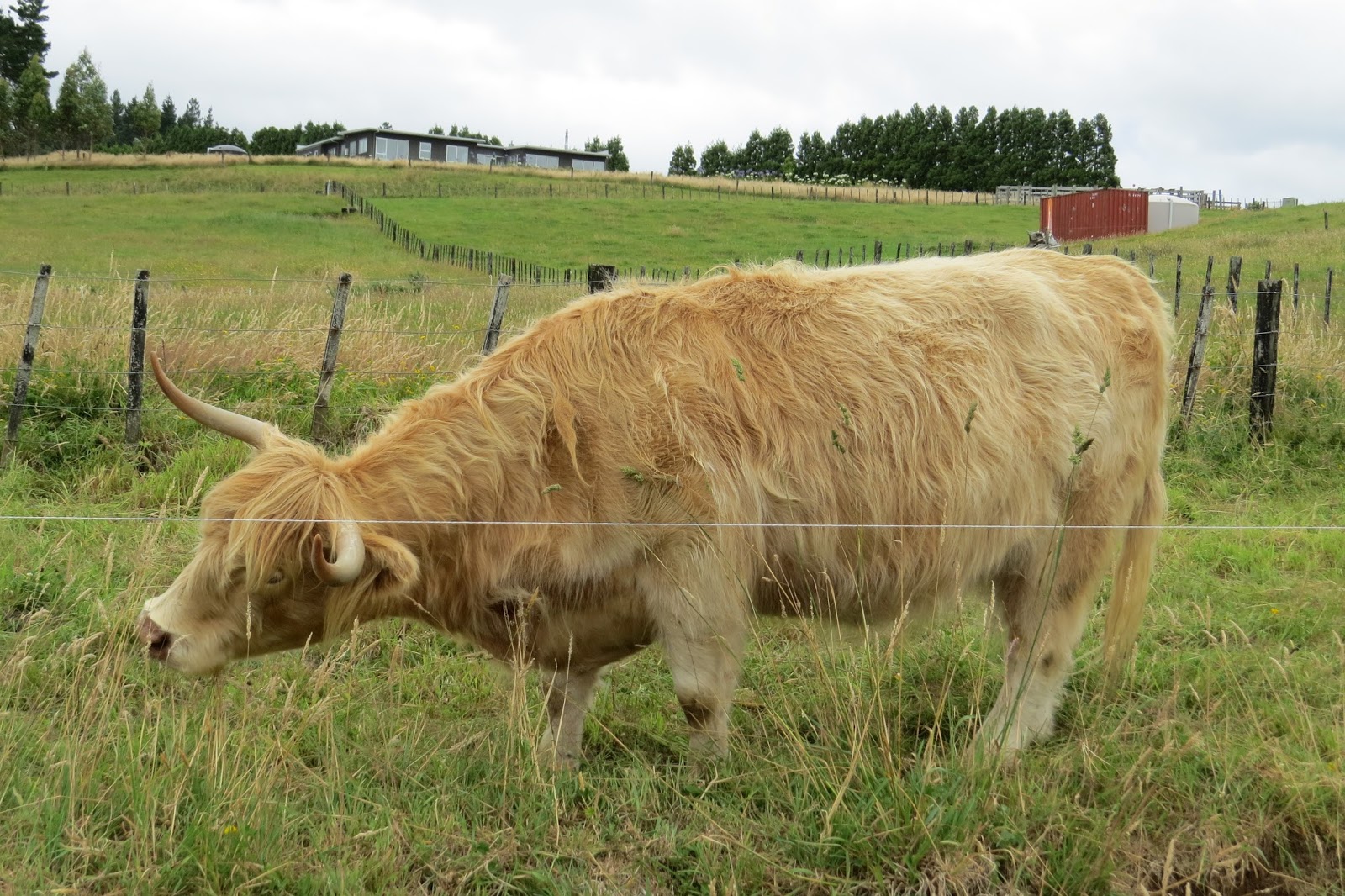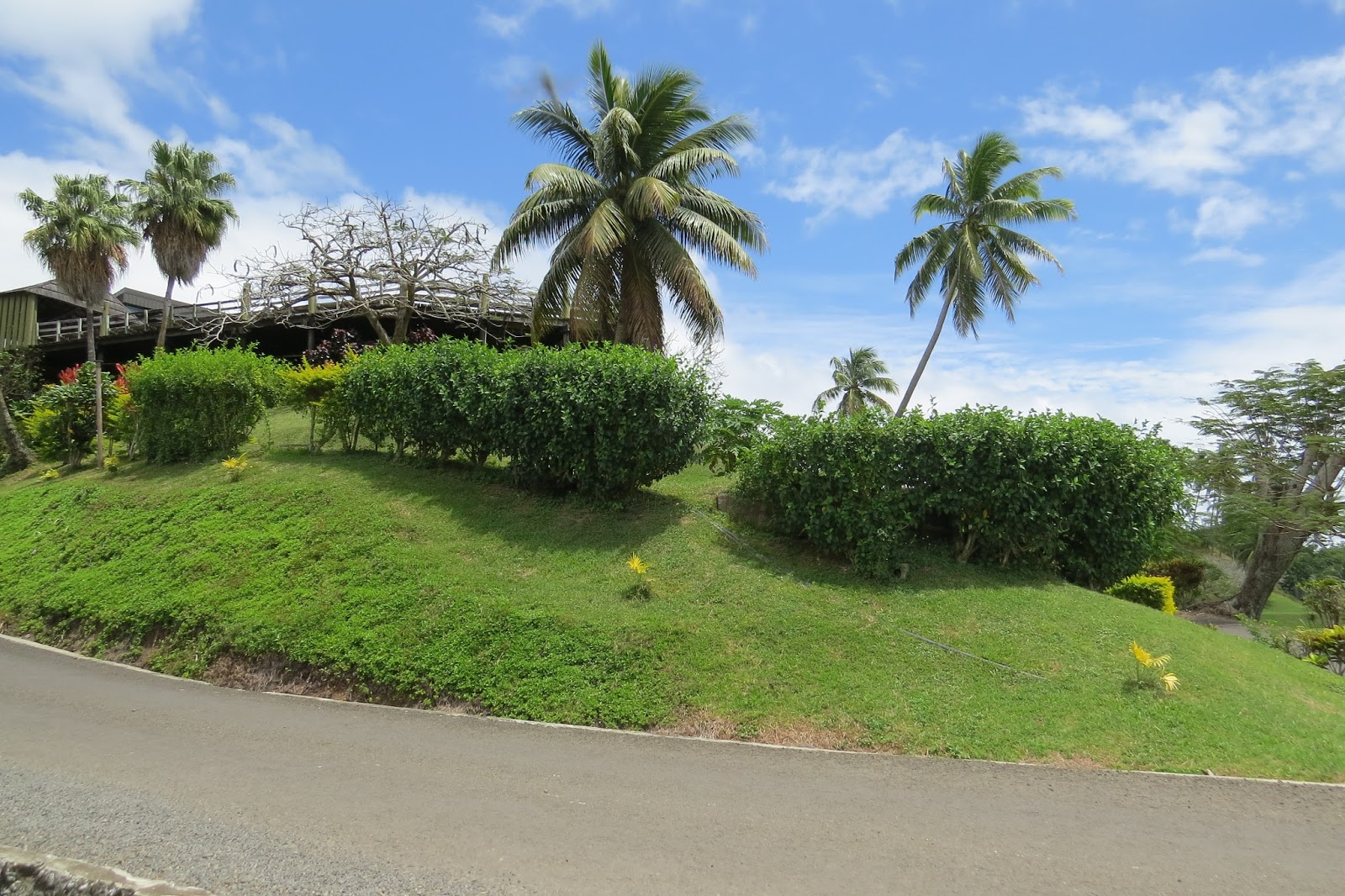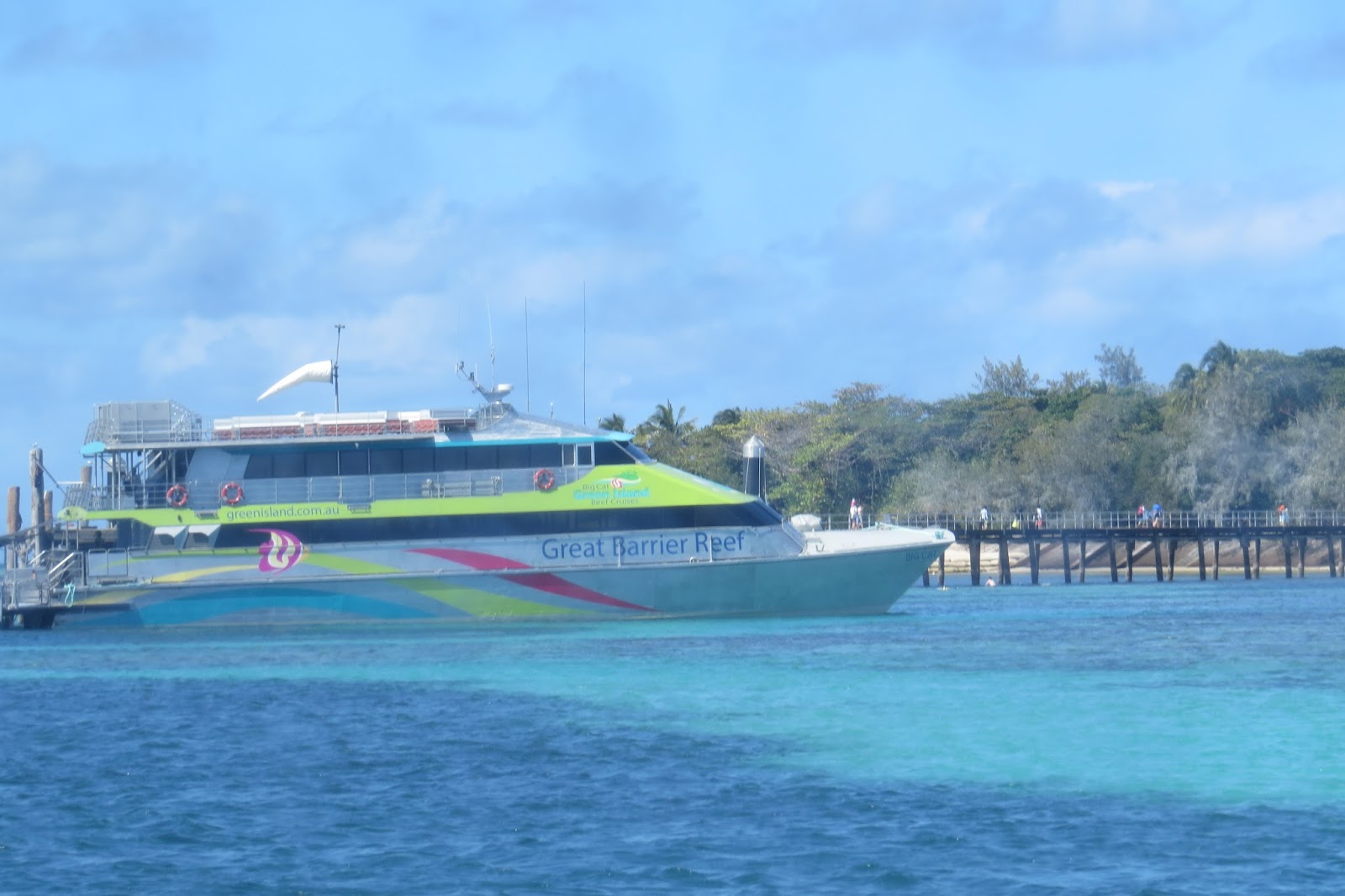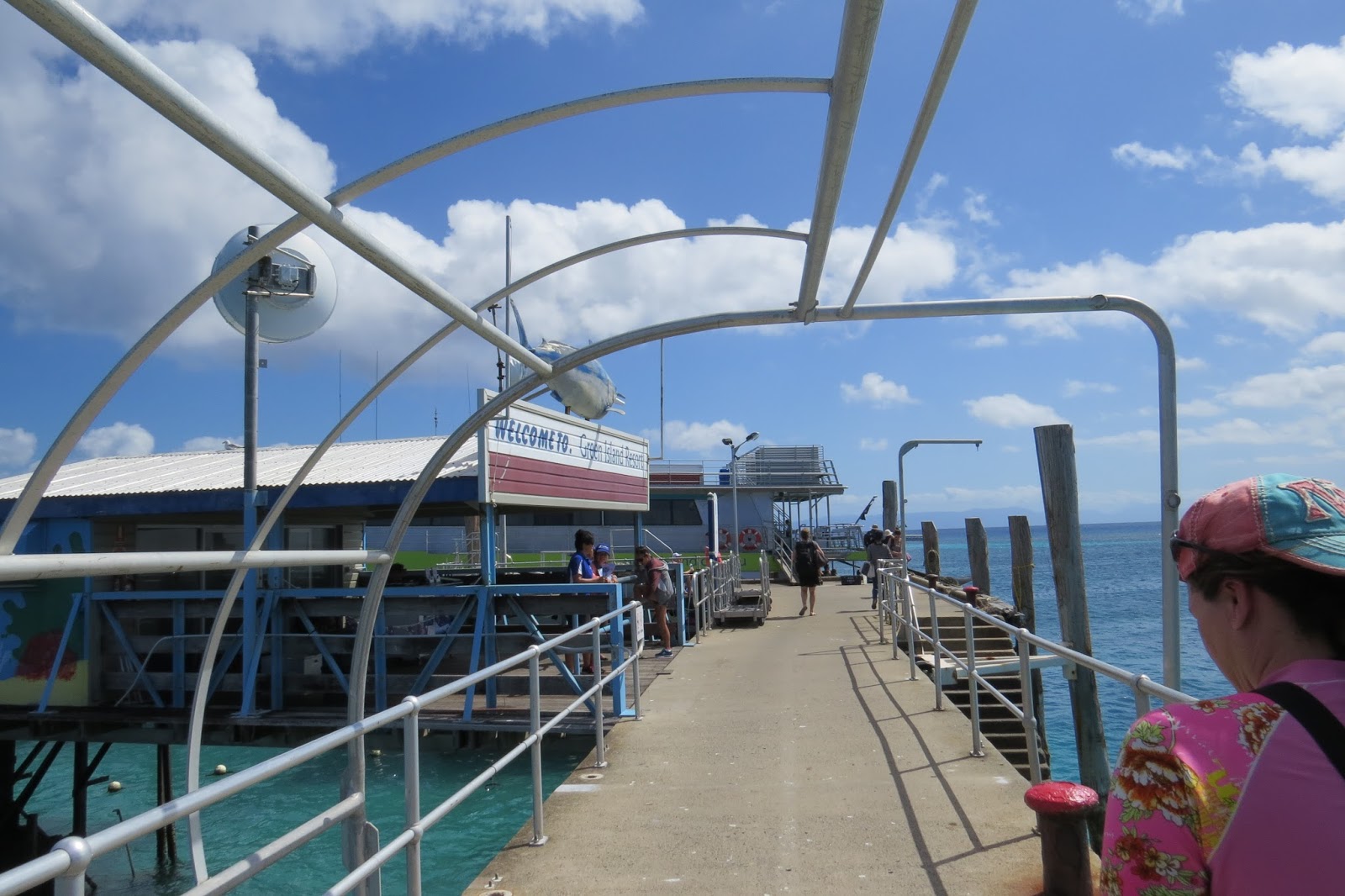 |
| This is our favorite cow to visit when we’re on a walk. She always sticks out her tongue and does a little dance when she see us. |
When preparing yesterday’s post, we realized it may sound a bit confusing regarding our back and forth for two trips to Bali. The bulk of the decision to go back and forth revolved around the fact that Indonesia has strict visa regulations with stays only allowing for 30 days (with 60 days possible). We’ll figure that out soon.
 |
| Recently, these fillies/colts were born. |
As a result, we thought it might clarify the plans we made for the almost two-month gap in between the two separate bookings for the same property. In part, the owners gave us an excellent price on the villa with a full staff but preferred to get more for the high season.
 |
| The walk in the area is always lovely. |
If we’d leave and return, they could get higher rates than we’re paying during the peak season, resulting in excellent pricing for us during the two separate visits on either end of the peak season.
Also, during this two-month gap, we found a two for one special on a Viking Mekong River cruise, providing we paid the cruise fare in full at the time of the booking which we were happy to do for the savings.
 |
| Cattle seem interested in humans as we’ve found on walks and drives through the countryside. |
In these two transactions, we saved several thousand dollars for venues we may not have found affordable at the full rates and fares. The more countries we can visit at the best possible prices and terms the greater our worldwide experience.
 |
| There are numerous varieties of long-horned cattle in New Zealand. |
It’s not that we’re on a mission to visit every country in the world. It’s not practical in today’s world of war and terror.But, we are on a mission of visiting the countries we find interesting and enriching as we continue on our world journey.
The gap between the two Bali stays made sense when by coincidence and admittedly diligent planning and research, we’re not only excited about the time we’ll spend in Bali but also the two months in between and shortly thereafter, as shown below:
# days Dates
| Sydney Hotel | 1 | 4/15/2016 – 4/16/2016 | |
| Cruise – Sydney to Singapore | 14 | RC Voyager of Seas | 4/16/2016 – 4/30/2016 |
| Bali House | 59 | 4/30/2016 – 6/28/2016 | |
| Hotel Singapore | 7 | 6/28/2016 – 7/5/2016 | |
| Hanoi Hotel | 3 | 7/5/2016 – 7/8/2016 | |
| Cruise – Hanoi to Ho Chi Min City | 15 | Viking Mekong | 7/8/2016 – 7/22/2016 |
| Phuket House | 41 | 7/22/2016 – 9/1/2016 |
|
| Bali House | 59 | 9/1/2016 – 10/30/2016 |
|
| Sydney Hotel | 1 | 10/30/2016 – 10/31/2016 |
|
| Cruise – Sydney to Perth | 16 | RC Radiance of the Seas | 10/31/2016 – 11/16/2016 |
| Cruise – Perth to Sydney | 17 | RC Radiance of the Seas | 11/16/2016 – 12/3/2016 |
Luckily, the time in Bali will be low-key and relaxing while the interim period will be a whirlwind of flights, hotels, cruises, and comings and goings. Having this hectic schedule is good for us when at times, we can easily fall into the “homebody” mode staying put in one spot for a while.
 |
| Discovering these horned cattle was a first for us in New Zealand. |
The above itinerary over a period of seven months requires seven flights, four of which we’ve yet to book. We have plenty of time to book the remaining flights.
Don’t get me wrong…we love quiet times in the country. Without a lazy bone in our bodies, we keep our days full of activities we love to do, ultimately highly fulfilling.
 |
| Many cattle are dehorned. But, we don’t believe that process is done on this breed. |
Although it may appear we’re occasionally “couch potatoes” which on occasion we are, we’re actually quite active most days of the week, not unlike many of our readers, who say they’re busier in retirement than when they were working.
 |
| Young bulls down the road from our house. |
Of course, living on this farm in itself provides enough daily stimulation, activity, and entertainment as we spend considerable time outdoors enjoying every single moment.
 |
| They often approach to check us out. |
With the diligent use of repellent I’m able to spend all the time I’d like outdoors, as was the case when we lived in South Africa, Kenya, and other parts of the world where mosquitoes, biting flies, and sandflies are an issue.
 |
| On our usual walk, Mount Taranaki with our favorite cow on the right and a few sheep who often baa at us. |
Today, it’s raining with heavy winds with more rain in the forecast. As summer winds down in New Zealand, apparently the much-needed rains have arrived. Knowing this is good for all the grazing animals in the countryside, we’re happy to see the rain, greening their pastures.
Tomorrow, on the day of my birthday we have a planned evening out and a special story with new photos we hope our readers will find entertaining. Happy day to all!
Photo from one year ago today, February 19, 2015:
 |
| It was one year ago today, we made the treacherous trek to the Queen’s Bath in Kauai, a known dangerous place to visit. Making our way down this area was challenging. Had we known how dangerous it was, we’d probably wouldn’t have done it. At times I grabbed any sturdy branch I could hold onto and when possible hung onto Tom to keep from falling. When we were done, I was glad to have challenged myself but also realized the practicality of such risky treks makes no sense at this age. For more photos of Part 1 of this story, please click here. |

































































































